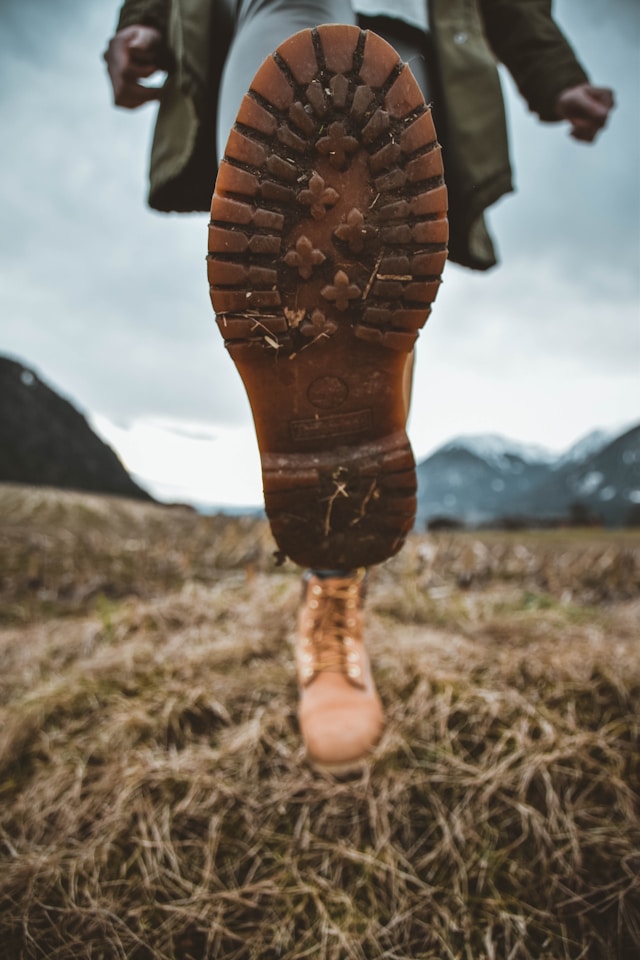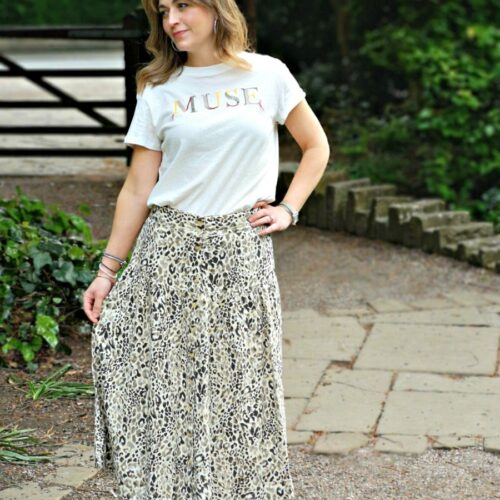
Modern style-conscious men want more than aesthetics from their footwear. Walking boots are increasingly judged not only by their design and comfort but also by how responsibly they are made.
Sustainability is an important factor shaping men’s footwear. If you’re interested in choosing walking boots that don’t harm the planet, check out our guide to materials and ethical manufacturing tips below.
Why Sustainability Matters in Footwear
Traditional walking boots can have a significant environmental impact. Many are constructed from fossil fuel-based synthetics such as PVC or polyurethane, which are non-biodegradable and energy-intensive to produce. Leather, while durable, is often treated with toxic tanning agents that pollute waterways and require significant chemical processing. Chemical adhesives, used to bind soles and uppers, further exacerbate the problem. Worn-out boots all too often end up in landfills and take decades to decompose.
Choosing greener alternatives makes a tangible difference. By supporting brands that use non-toxic processes, recycled components, or biodegradable materials, you’re investing in a more ethical product. Beyond that, you’re actively helping to reduce waste and carbon emissions in the fashion industry.
How to Style Eco-Friendly Walking Boots for Men
When choosing walking boots for men, opt for clean, modern silhouettes that strike a balance between rugged function and everyday wearability. Natural tones, such as olive or muted brown, are versatile and complement outdoor gear and casual city looks. Pair them with slim or straight fit chinos, a brushed cotton shirt, and a tailored jacket for urban polish, or wear them with dark denim and a waxed jacket for a rugged, countryside aesthetic.
Look out for minimalist detailing, such as tonal laces and low-profile soles, which help boots transition easily from hiking trails to the office. The right pair of boots should be a solid addition to your capsule wardrobe, one you find yourself wearing again and again.
Eco-Friendly Materials Worth Your Attention
Recent innovations in materials are making it easier than ever to buy boots that look stylish without compromising the environment. Recycled rubber is an excellent choice for outsoles, reducing the demand for virgin rubber while minimising waste. It performs just as well, offering grip and durability without compromise.
Boots are often lined with cotton, so look for organic cotton linings or canvas uppers that avoid pesticide-heavy farming and feel softer on the skin. Hemp is a great alternative low-impact crop that’s strong, breathable, and naturally resistant to bacteria. For natural cushioning in insoles and shock absorption on hikes, cork is a lightweight and renewable material.
Those who like the look of genuine leather can opt for Piñatex. Made from pineapple leaf fibres, the leather alternative has a supple yet tough finish, offering an eco-conscious swap for animal hide. Mushroom leather (mycelium) similarly mimics the appearance and durability of leather while being biodegradable and resource-efficient.
© Copyright 2025 Antonia, All rights Reserved. Written For: Tidylife


Leave a Reply